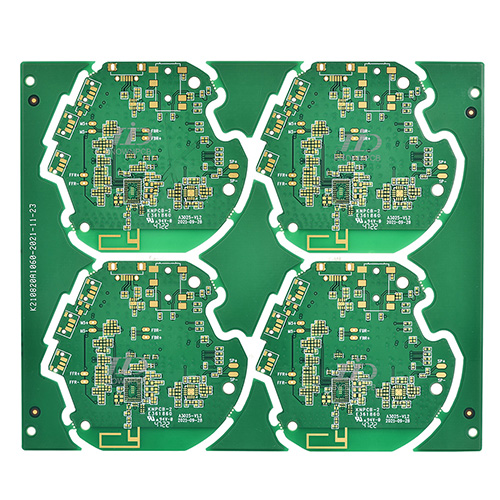 +86 755 2794 4155
+86 755 2794 4155  sales@knownpcb.com
sales@knownpcb.com
-
Shenzhen KNOWNPCB Technology Co., Ltd.
 +86 755 2794 4155
+86 755 2794 4155  sales@knownpcb.com
sales@knownpcb.com
 2024-01-25
2024-01-25
 991
991

The through hole plays a role in connecting and conducting circuits, and the development of the electronics industry has promoted the development of PCBs, resulting in the emergence of plug hole technology. In order to meet the customer's requirements, the process of conducting and plugging holes can be described as diverse, with a particularly long process flow and difficult process control. So, how is the process of plugging through holes in PCB circuit boards achieved? Let's take a look together with the editor:
1、 Plug hole process after hot air leveling
This process flow is: board surface resistance welding → HAL → plug hole → curing. Production is carried out using a non plug hole process, and after hot air leveling, aluminum mesh plates or ink blocking nets are used to complete the plug holes of all fortresses. Plug ink can be used as photosensitive ink or thermosetting ink. This process flow can ensure that the guide hole does not fall off oil after hot air leveling, but it can easily cause ink contamination and unevenness of the plug hole on the board surface, and can easily cause false soldering during installation.
2、 Hot air leveling front plug hole process
1. Use aluminum sheets to plug holes, solidify, and grind plates for pattern transfer
This process uses a CNC drilling machine to drill aluminum sheets that need to be plugged, make a mesh plate, and plug the holes; Plug ink can also be used with thermosetting ink, which has high hardness and good adhesion to the hole wall. The process flow is: pre-treatment → plug hole → grinding plate → pattern transfer → etching → plate surface resistance welding
This method can ensure that the plug hole of the conduction hole is flat, and the hot air is leveled, without quality problems such as oil explosion or oil falling from the hole edge. However, this process requires one-time thickening of copper, so it has high requirements for copper plating on the entire board.
2. After plugging the holes with aluminum sheets, directly screen the surface of the board for resistance welding
This process uses a CNC drilling machine to drill aluminum sheets that need to be plugged, create a screen, install them on a screen printing machine for plugging, and park them for no more than 30 minutes after completing the plugging. Use a 36T screen to directly screen the surface of the board for resistance welding; The process flow is: pre-treatment - plug hole - screen printing - pre drying - exposure - development - curing.

Or call +86 755 2794 4155
Inquiry Now

